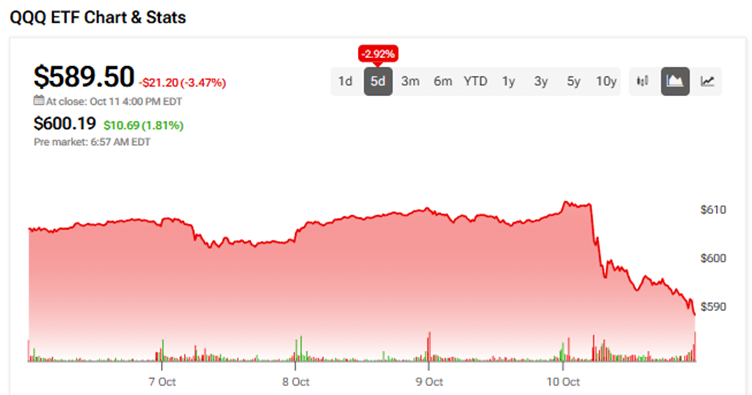
Bacteria have long developed resistance against medicines designed to fight them, rendering many drugs useless |Image used for representational purpose only
| Photo Credit: File Photo
The World Health Organization sounded the alarm Monday over soaring numbers of drug-resistant bacterial infections, compromising the effectiveness of life-saving treatments and rendering minor injuries and common infections potentially deadly.
The United Nations’ health agency warned that one in six laboratory-confirmed bacterial infections worldwide in 2023 showed resistance to antibiotic treatments.
“These findings are deeply concerning,” Yvan J-F. Hutin, head of the WHO’s antimicrobial resistance department, told reporters.
“As antibiotic resistance continues to rise, we’re running out of treatment options and we’re putting lives at risk.”
Bacteria have long developed resistance against medicines designed to fight them, rendering many drugs useless.
This has been accelerated by the massive use of antibiotics to treat humans, animals and food.
Antimicrobial-resistant (AMR) superbugs directly cause over a million deaths and contribute to nearly five million deaths every year, according to the WHO.
In a report on AMR surveillance, the WHO examined resistance prevalence estimates across 22 antibiotics used to treat infections of the urinary and gastrointestinal tracts, the bloodstream and those used to treat gonorrhoea.
Flying blind
In the five years leading to up 2023, antibiotic resistance increased in over 40% of the monitored antibiotics, with an average annual rise of between five and 15 %, the report found.
For urinary tract infections, resistance to commonly-used antibiotics was typically higher than 30 % globally, it showed.
The report looked at eight common bacteria pathogens, including E. coli and K. pneumoniae, which can lead to severe bloodstream infections that frequently result in sepsis, organ failure and death.
The WHO warned that more than 40 % of E. coli infections and 55 % of K. pneumoniae infections globally are now resistant to third-generation cephalosporins — the first-choice treatment for these infections.
“Antimicrobial resistance is outpacing advances in modern medicine, threatening the health of families worldwide,” WHO chief Tedros Adhanom Ghebreyesus warned in a statement.
The WHO hailed improvements in surveillance, but warned that 48 % of countries were still not reporting any AMR data.
“We are definitely flying blind in a number of countries and regions that have insufficient surveillance systems for antimicrobial resistance,” Hutin acknowledged.

Future threat
Judging from the available data, most resistance was found in places with weaker health systems and less surveillance, WHO said.
The highest resistance was found in the Southeast Asian and Eastern Mediterranean regions, where one in three reported infections were resistant.
In the African region, one in five infections was meanwhile resistant.
Silvia Bertagnolio, who heads the WHO unit for antimicrobial resistance surveillance, told reporters it was unsurprising that resistance would be higher in places with weaker health systems, since they may lack the capacity to diagnose or treat pathogens effectively.
The differences could also be linked to the fact that countries with less surveillance may test and provide data on fewer patients and only those with the most serious infections, she said.
WHO has warned that there are not enough new tests and treatments in the pipeline to tackle the growing spread of drug-resistant bacteria.
This is creating a significant “future threat”, Hutin cautioned.
“The increasing antibiotic use, the increasing resistance and the reduction of the pipeline is a very dangerous combination.”
Published – October 13, 2025 05:19 pm IST












































